Spring is showing signs that it has arrived! The beautiful white delicate bell shaped flowers from the Snowdrop (Galanthus) are a sight to behold after a long winter of dark short days. You can usually find them planted in flower beds and at the base of deciduous trees as they will tolerate a semi-shade site. They are the first of the flowering bulbs to emerge. Snow drops are an excellent addition to the winter spring garden and are a welcome sign that spring is firmly on its way. Snowdrops are planted as bulbs in autumn and are very cheap to purchase.
Beside them in the spring garden are Hellebores. Hellebores are flowering perennials which are available in shades of pinks, purples and whites. They appear late in winter/early spring and flower for weeks sometimes up to Easter, which is why they are also called the Lenten Rose. Like Snowdrops they will tolerate shade and add a burst of colour to a dark shady corner.
As I walked around a client’s garden today I saw some of the oldest and most beautiful Camellias I have ever seen. These Camellias had grown into trees. Every single leaf had a bud waiting for the right moment to burst open and show off its masses of pink flowers. I couldn’t help but think that the conditions were ideal for this shrub to grow to such a healthy ripe old age but thats not necessarily so. Sometimes plants have to adapt to their environment so they can guarantee their survival and reproduce as nature intended.
Spring is well and truly here, the days are getting a little longer, milder and brighter and if you’re looking out the window wondering where to start in the garden here are some important jobs to do.
Top ten tips for February gardening:-
1. Remove all fallen leaves and debris from flower beds, lawn, patio and driveways
2. Remove any weeds that have germinated over winter in flower beds
3. Dig over beds to aerate the soil and reduce compaction
4. Remove any wild ivy from the base of shrubs and trees
5. Prune winter flowering shrubs that have finished flowering
6. Lift, divide, replant herbaceous plants and ornamental grasses
7. Prepare a seed list of vegetables and flowers that you would like to grow in the garden this year
8. Dig over vegetable plot and add well-rotted farmyard manure to improve soil structure, cover until ready to sow
9. Chit first early potatoes in empty egg trays on the windowsill, sow spring planted garlic bulbs for the vegetable plot
10. Cut back all autumn raspberry canes to ground level
If you would like further information and assistance on any off the above please contact Doyle Landscapes on
(01) 2048020
Top ten tips for February gardening:-
1. Remove all fallen leaves and debris from flower beds, lawn, patio and driveways
2. Remove any weeds that have germinated over winter in flower beds
3. Dig over beds to aerate the soil and reduce compaction
4. Remove any wild ivy from the base of shrubs and trees
5. Prune winter flowering shrubs that have finished flowering
6. Lift, divide, replant herbaceous plants and ornamental grasses
7. Prepare a seed list of vegetables and flowers that you would like to grow in the garden this year
8. Dig over vegetable plot and add well-rotted farmyard manure to improve soil structure, cover until ready to sow
9. Chit first early potatoes in empty egg trays on the windowsill, sow spring planted garlic bulbs for the vegetable plot
10. Cut back all autumn raspberry canes to ground level
If you would like further information and assistance on any off the above please contact Doyle Landscapes on
(01) 2048020

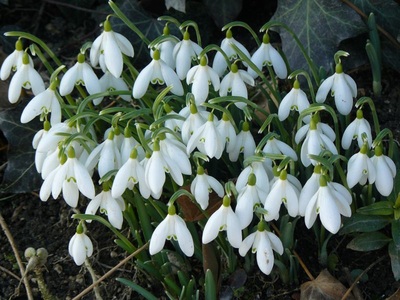
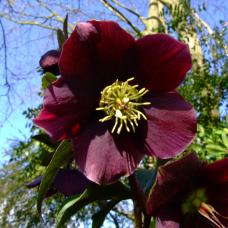
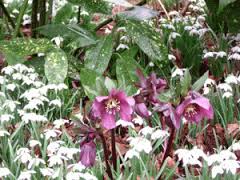
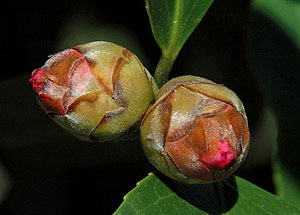
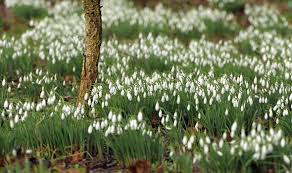
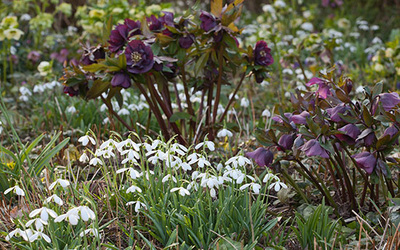
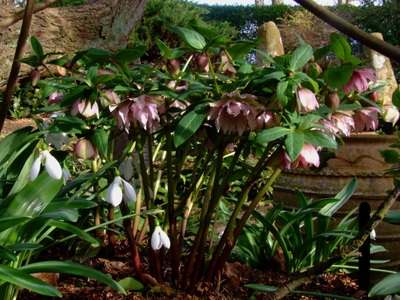
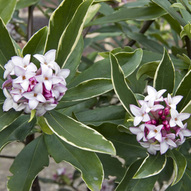
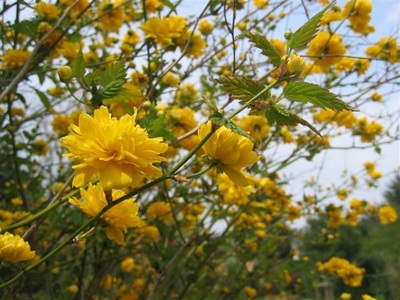
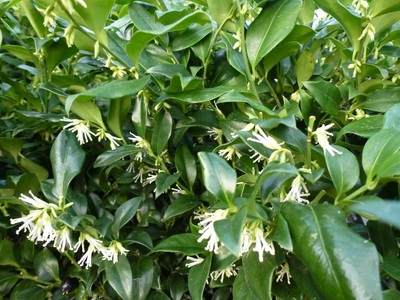
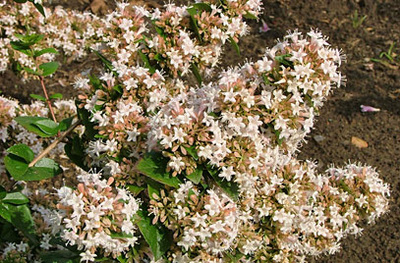
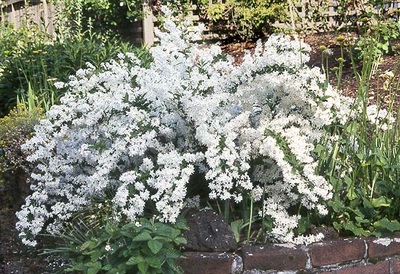
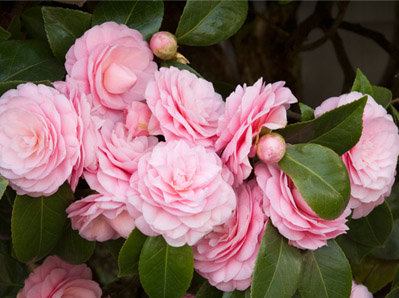
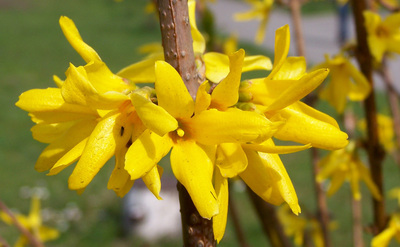
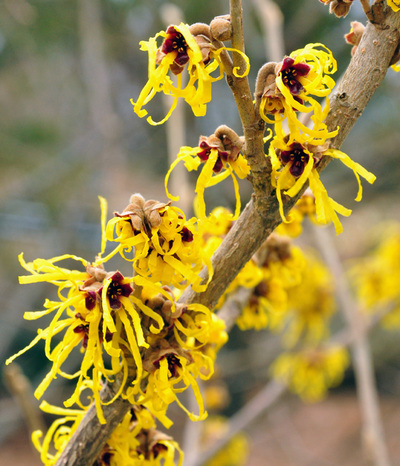

 RSS Feed
RSS Feed

